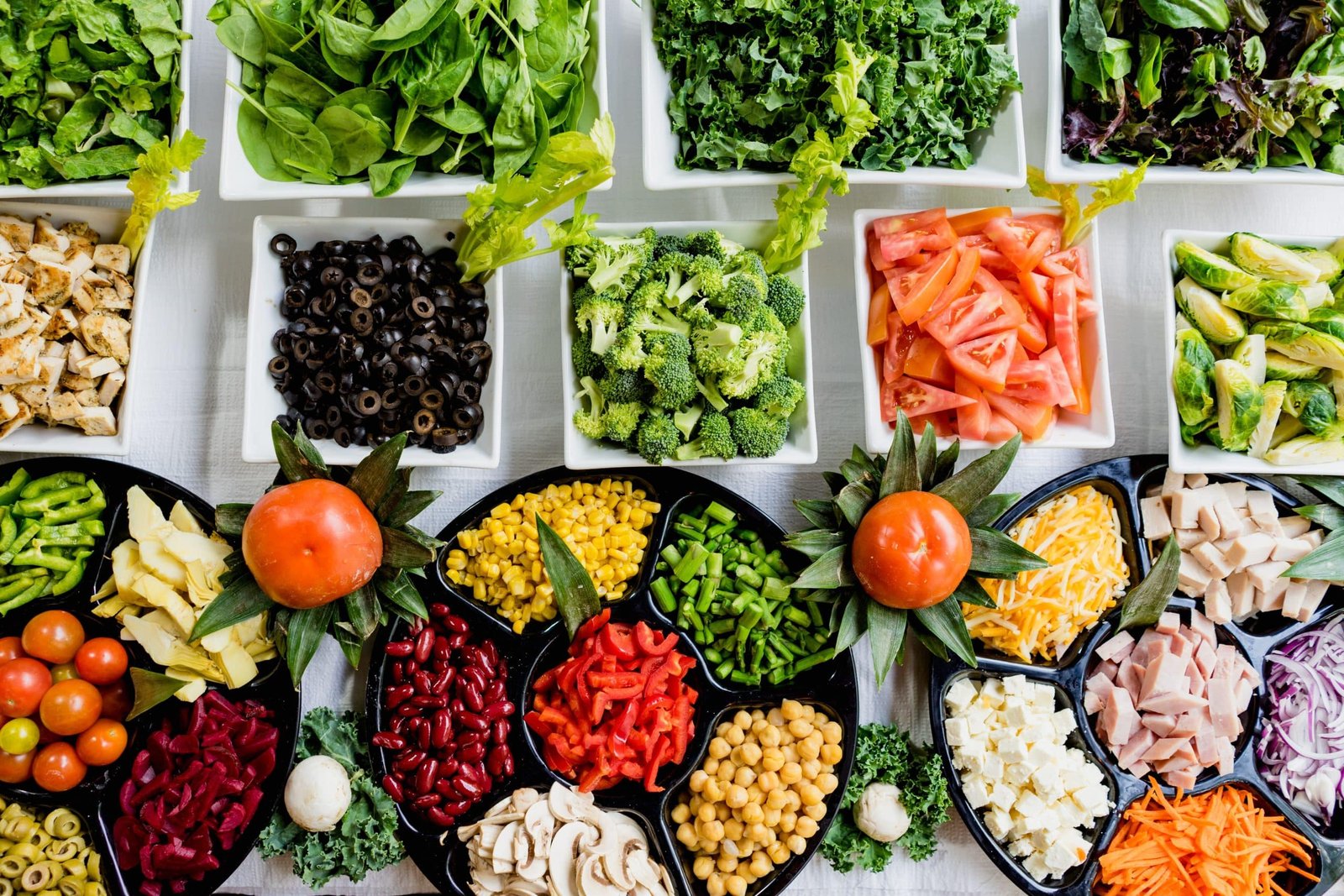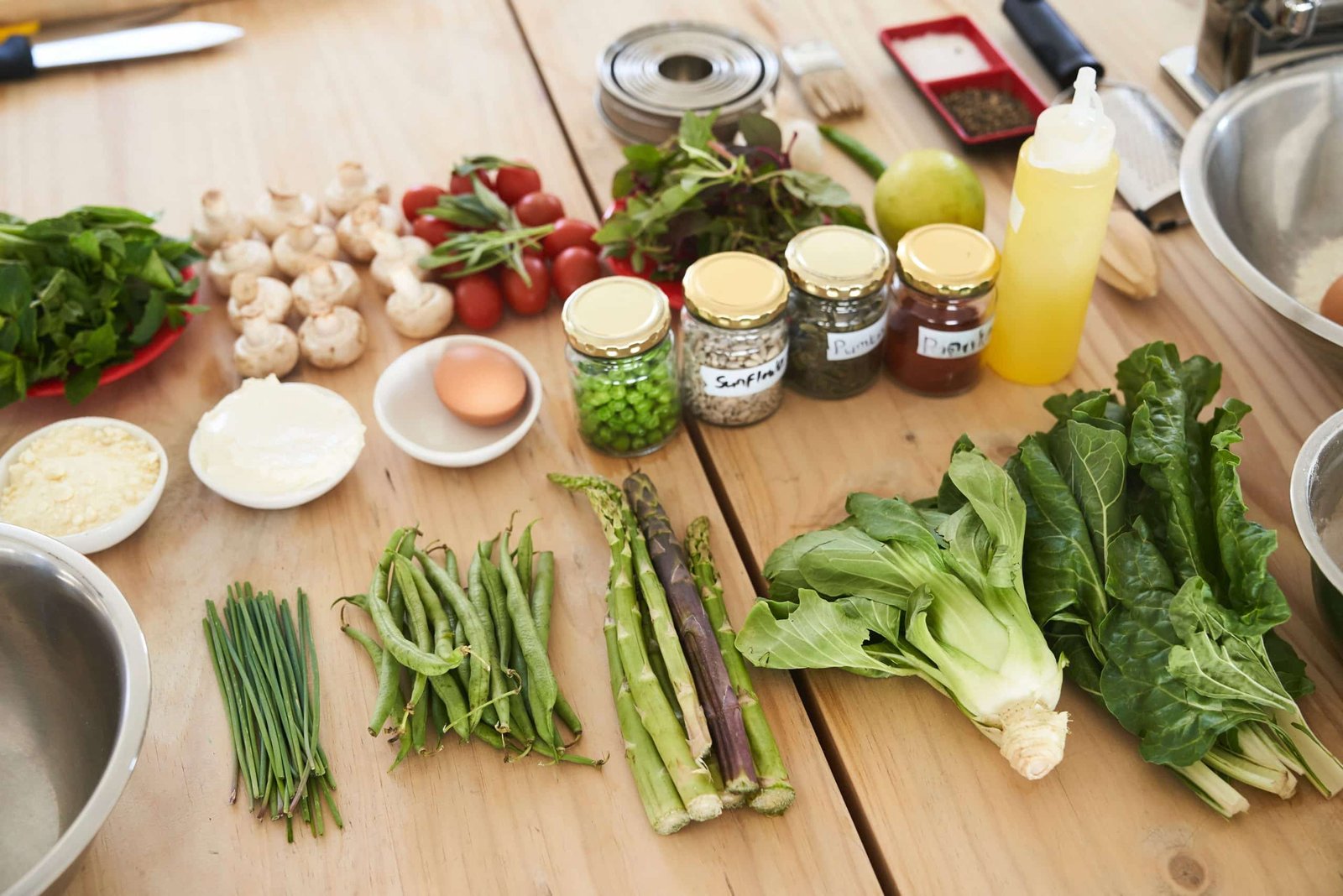Keto-diet has taken over the world with a storm. It is a low-carb diet that helps you stay more energetic and drop the stubborn pounds you might have packed on over the winter. Sticking to a low-carb diet might be tricky for some people, but the results can be worth it.
In my case following a clean keto diet combined with intermediate fasting has helped control my gout, and rheumatoid arthritis symptoms, lowered my blood pressure, and my blood glucose levels are under control. For me, it’s about improved health with a side of weight loss.
Plant-based foods contain dietary fiber, which passes through your digestive system without being broken down or digested. Dietary fiber supports many different parts of the body and is vital to a healthy diet. There are two types of fiber: soluble and insoluble fiber.
Total carbs include all the different types of carbohydrates in a meal or food. These include starches, dietary fiber, and sugar.
Net carbs are carbohydrates that the body can fully digest into glucose and are called net carbs. To calculate net carbs take the total carbs and subtract the fiber carbs. For example, if a product has 20 total grams of carbs but has 10 grams of fiber the total net carbs is 10 grams.
For most people to stay in ketosis they will need to consume less than 50 grams of net carbs per day. Most low-carb diets are recommended starting at 20 net grams of carbs per day. Then increase net carbs after achieving your health goals. However, to avoid digestive issues we still need to consume enough fiber to keep everything moving along.
Low-Carb Foods
- Green Leafy Vegetables (a great source of important nutrients)
- Fish
- Eggs
- Lean Meat
- Fats like butter, olive oil, and coconut oil
On a keto diet, you don’t eliminate carbs; you reduce the intake. Examples of foods high in net carbs that should be avoided:
- Bananas
- Apples
- Corn
- Peas
- Potatoes
Carbs from fiber-rich foods are not the enemy, but too many simple carbs can spike blood sugar and backfire on your health. To reduce carbs, we increase the number of high-fiber foods. What are some of the foods that are high in fiber and possibly very good for your health? Let’s find out!
High-Fiber Foods
- Starting with the famous, Avocado
- Berries (Blackberry & Raspberry)
- Chia Seeds
- Leafy Greens (especially collard greens)
- Cauliflower
- Green Beans
- Flax Seeds
- Broccoli
- Brussels sprouts

Avocado
The Avocado is a fruit, even though it is sometimes included with vegetables. On the other hand, this fruit is loaded with healthy fats, giving it a creamy texture. With a mild taste that is neither sweet nor sour. There are less than four net carbohydrates in an avocado, yet there is a massive 13.5 grams of fiber in one fruit. In addition to being the star in guacamole, avocados are a great addition to other dishes, such as salads, salad dressings, and omelets.
Berries
Because most forms of fruit are heavy in carbohydrates, they are often not a good choice for a ketogenic diet. Even when adhering to a rigorous ketogenic diet, you can occasionally have berries in moderation since they are a remarkable exception to the rule.
Which berries have the greatest fiber content? The berries with the lowest total carbohydrate content are strawberries. The berries with the lowest net carbs are blackberries and raspberries.
Blackberries have 5g of net carbohydrates per 100g.
Chia Seeds
Chia seeds are a one-of-a-kind kind of seed that, when mixed with liquid, turn into a gel. Chia seeds help improve blood sugar levels and make you feel fuller for longer.
The ketogenic diet promotes chia seeds since they are a great source of fiber. 10g of fiber can be found in only an ounce of chia seeds. You can prepare chia seed pudding, add chia to a low-carb smoothie, or add it over a salad. Chia seeds are a good source of fiber, protein, and omega-3 fatty acids.
Leafy Green Vegetables
Low-carb diets heavily use leafy green vegetables like spinach, kale, and others. In addition to being high in many nutrients and easily accessible, they may also help you stay full for hours.
Whether you like your greens in a smoothie, in vegetable omelets, sautéed, or steamed, eating more is a fantastic method to increase your fiber consumption while reducing your carbohydrate consumption.
In 100 grams of spinach, you can find 4 grams of fibers and approximately 1 gram of net carbohydrates. On the other hand, Kale has 2 grams of fibers per 100 grams with 3 grams of net carbs. Make sure to add some leafy greens to your next keto meal.
Cauliflower
The popularity of cauliflower rice right now is fantastic news for anyone who follows the ketogenic diet. This low-carb vegetable offers around 3g of net carbohydrates and 2 grams of fiber per one-cup serving. And it can be used in a wide range of ways. It may be finely diced and used as a substitute for rice; it can be mashed and used instead of potatoes, and it can be incorporated into soups to make them creamy.
Green Beans
Technically speaking, green beans are classified as a kind of legume. However, they have a far lower carbohydrate content than most other legumes, such as beans and lentils.
Green beans that have been cooked provide 3.5 grams of fiber and 3.5 grams of net carbohydrates in 100 grams.
Green beans are healthy vegetables, even though they are often served as a side dish with steak and other types of meat.
Flax Seeds
In low-carb cuisine, flaxseed sometimes referred to as linseed, is often used to imitate the consistency of flour and other high-carb components.
Flaxseed seems to have health impacts that range from neutral to helpful when ingested in moderate doses.
Ground flaxseed has 0.2 grams of net carbohydrates per 14 grams while also providing 4 grams of fiber per 14 grams.
Broccoli
Vegetables like broccoli, brussels sprouts, and cauliflower, are collectively known as crucifers. Crucifers are definitely keto-friendly foods. Broccoli is an excellent source of several essential vitamins and minerals, including potassium and vitamin C, and reduces inflammation. Additionally, it is an excellent source of fiber in the diet. Broccoli that has been cut and boiled has 5g of fiber and 6g of net carbohydrates in 150 grams.
If you find yourself not consuming enough cruciferous vegetables you may need to take fiber supplements. Psyllium husk is a great way to ensure that you get plenty of fiber.
Our Final Thoughts
These low-carb and high-fiber foods are ideal if you want to stay more energized and get in shape. In the culinary world, it is almost impossible to find foods without any carbohydrates, which is why we prefer sticking to these foods. You can incorporate these high-fiber and low-carb foods into your daily routine and watch how your body makes progress!
